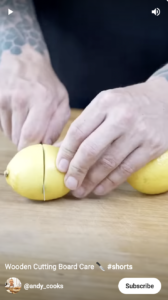How To Remove Onion Smell From A Wooden Cutting Board
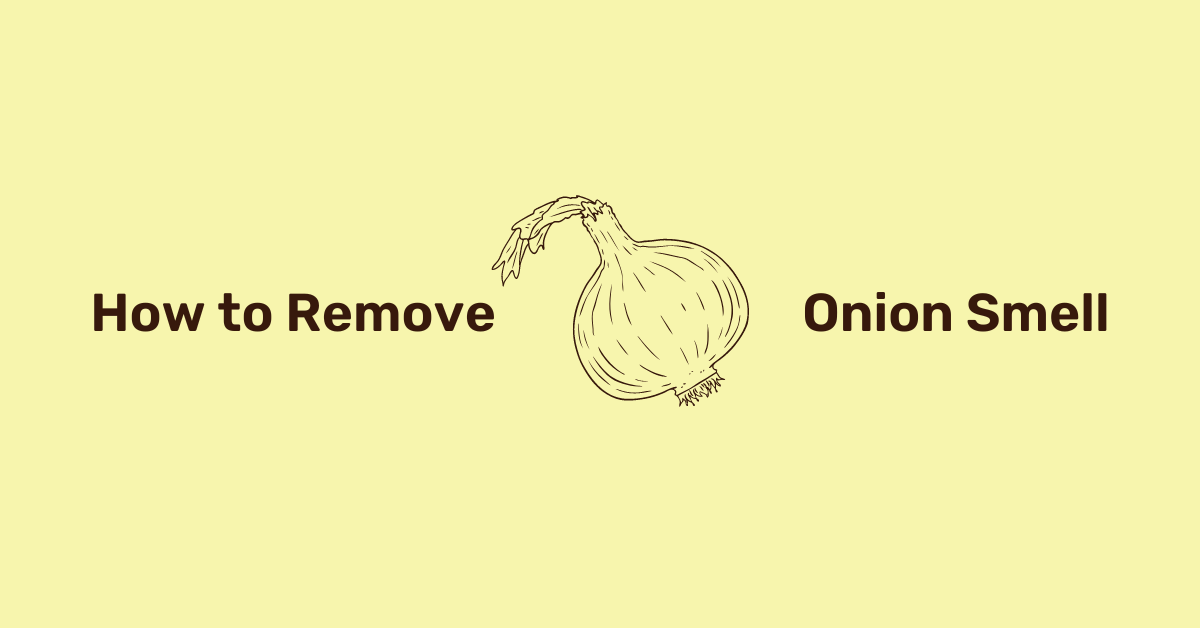
Cutting onions is a daunting task for most, given the teary eyes, and strong smell. That’s not all. If you’re using a wooden cutting board to chop onions, you have a bigger problem to deal with because the smell lingers on the board for a long time. Did you use your chopping board to cut onions? Wondering how to get the onion smell off a wooden cutting board? Keep reading to learn all about how to remove onion smell from a wooden cutting board.
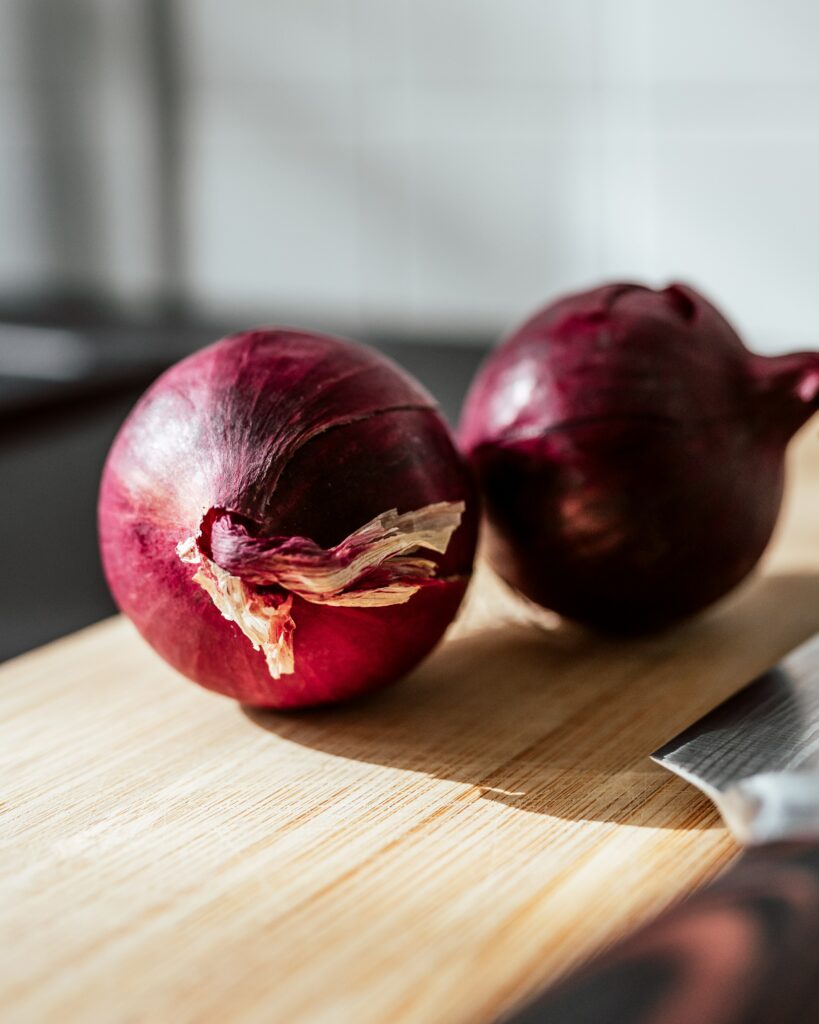
How To Remove Onion Smell From A Wooden Cutting Board
Wooden chopping boards are a quintessential kitchen tool present in many homes. They tend to be easier on knife blades compared to plastic and marble boards. Moreover, wooden boards can also double up as serving trays. However, the surface of these cutting boards are porous, and can easily become a breeding ground for bacteria. It will also retain smells, especially after you cut onions. Therefore, cleaning wooden cutting boards properly is essential to eliminate odor and harmful germs. Continue reading to find out how to clean them properly.
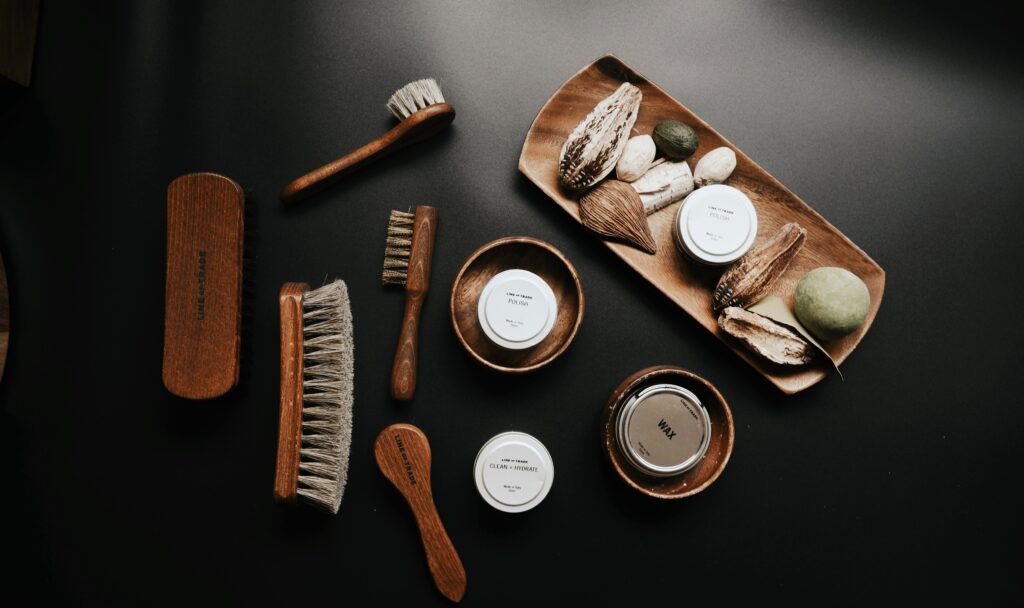
What You Need:
- Sponge
- Stiff cleaning brush
- 3% hydrogen peroxide
- White vinegar
- Lemon (optional)
- Salt
- Clean and dry towel
- Dish soap
What To Do:
How do you get the smell out of a cutting board? Now that you have all the necessary supplies ready, it’s time to get your hands dirty, and your cutting board clean and free of odor! Follow these easy steps:
1. Scour The Wooden Board
After using the board for chopping onions, rinse off the debris of the vegetable before it dries and sticks to the board’s surface. Use a stiff cleaning brush or a sponge with dish soap to scour the surface and loosen the stubborn food debris stuck to the cutting board. Additionally, you can also rub the board’s surface with coarse salt after the first rinse. In some cases, if there are stains on your wooden board, sprinkle baking soda on it, allow it to sit for some time, then scrub, and rinse clean.
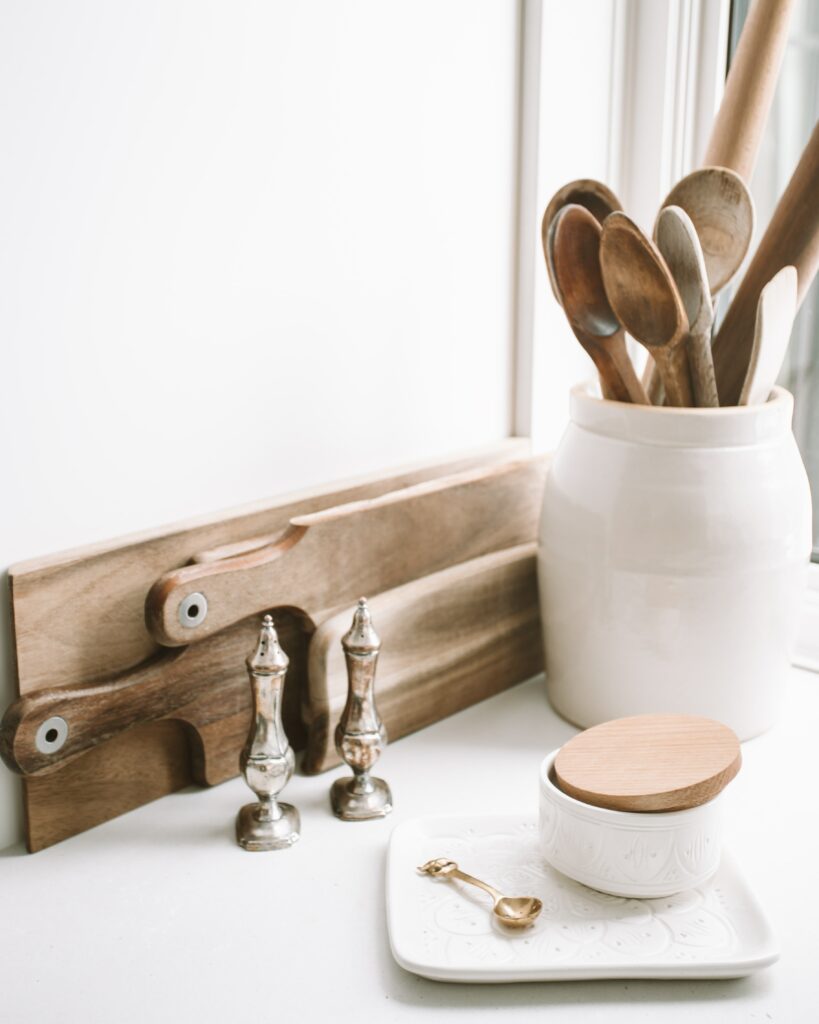
2. Disinfect the Board
The next step in removing a strong onion smell from a cutting board is pouring 3% hydrogen peroxide on it. Use a clean sponge to spread it around evenly. Leave it for a few minutes, and let the fizz kill germs. This will work great if your board has grooves or cracks from continuous knife use. When the fizzing stops, give the cutting board a rinse under hot water.
3. Deodorize
The last, and most important step is deodorizing the board. If the wooden cutting board has some lingering odors of onion, you can spray white vinegar on it. Take a spray bottle and fill it with white vinegar. Use this solution regularly on the chopping board to keep it smelling fresh. Will vinegar take the smell out of wood? Yes, white vinegar tends to neutralize the odor of onion while also working as a natural disinfectant.
Alternatively, you can use the help of a lemon to eliminate the odor. Cut a lemon in half and rub it directly on the wooden surface. Rinse it well, and then wipe it with a clean towel when done. This will help you get rid of the strong and stubborn smell of onion from the board.
Tips For Handling Wooden Cutting Boards to Make Them Last Longer
While you can always deodorize and disinfect your wooden cutting boards, it’s best to take good care of them to prevent any damage, stains, or odor. Here are a few tips you can keep in mind while handling these boards to ensure that they last longer:
- Don’t let the wooden boards submerge in water since soaking causes the wood to expand and warp. Moreover, a soaked board could also develop mildew.
- Dry wooden cutting boards right after washing in order to prevent warping or mold.
- Do not put your wooden chopping boards in the dishwasher, as the heat from it could lead to splitting.
- If you’re using the wooden cutting board for resting meat or even carving it, make sure you don’t let the blood pool on it for a long time.
- Regularly use oil to condition the wood of the cutting board. Mineral or coconut oil can be your best bet, as other oils, like olive or canola, can go rancid. People also use almond and walnut oil, but they are expensive and prone to creating spoilage.
When it comes to the frequency of oiling the board, it’s largely up to your preferences. Some religiously oil their boards every week, while others only do it once a year.
Once a month can be an ideal frequency. You can adjust it on the basis of factors such as frequency or manner of use, climatic conditions, quality of the board, and how much time you can devote to taking care of the wooden cutting board.
Say Goodbye To The Onion Smell!
Wooden boards can be hard to clean and sanitize when compared to other materials like steel, plastic, or marble. The surface of a wooden cutting board can also hang on to the odors, especially if you chop something potent on it, like onions.
Hopefully, if you were wondering how to get onion smell off a wooden cutting board, you can now follow the steps explained to take care of this common kitchen problem!

I’m the founder and CEO of Yahshi Bakes, a Bay Area-based bakery popup I started in 2015. I grew up in the kitchen as if it were my living room, and I enjoy making delicious food to share with the people I love. I love traveling and exploring the rich flavors of other cultures- from music to curry and everything in between!

